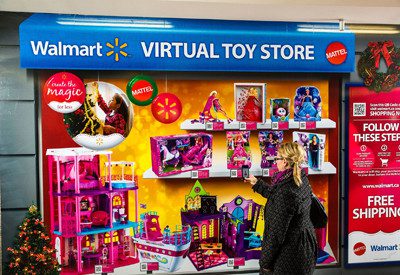
Tech Companies Scrambling to Differentiate Robocalling from Wanted Calls
Previously Published as a World News Report by TMC Net
Robocalling is on the rise, and much of it is illegal. Because of this, Robocall blocking is also on the rise. There are obvious positives that come with such a non-intrusive technology. But these technologies are preventing legit calls from coming through, such as prescription pickups and important announcements from the local school district.
Not all robocalls are unwanted, so blockers are preventing necessary information from getting to the appropriate party. Nonetheless, these technologies continue to be supported by the Federal Communications Commission (FCC), Federal Trade Commission (FTC ) and telecommunications companies across the country.
Calls that would normally connect callers to businesses that they are regularly doing business with are now being interrupted, because the definition of robocalling has not be clearly defined within system protocol. Sometimes missing a call is truly a matter of life or death. This is very harmful to whom the call was meant for.
The 2015 Telephone Consumer Protection Act was established by the FCC , encouraging prosumer utilization of robocall technologies. In October of last year, an amendment was made, as the FCC announced that weekly phone data would be released to developers towards the creation of “do-not-disturb” technologies.
Perhaps this technology is so new that the kinks still need to be worked out. Then again, how do we know the kinks need to be worked out if some of our most vital calls aren’t coming through?
Tech companies are scrambling to revise current versions of robocall blocking, but others have already developed solutions that will increase accuracy for the differentiation of the automatic dialer and flat-out spam.
“Once again, the FCC is using the term ’robocall’ in a confusing and misleading manner that confuses legitimate business calls with those from telemarketers and scammers,” ACA International Patrick J. Morris said in October. “It is wrong to presume that just because a company uses modern calling technology that the call is somehow illegal or unwanted.”
There are many law firms going to bat for clientele in efforts to manually stop robocalling from illegal and unethical means. In fact, these law firms claim that their clients are eligible to receive up to $1500 per call if proven to be an unwanted call. The problem is, however, there are many ways to get around the enforcement of such a bright side to the headaches.
Many robocallers are masked through proxy numbers and third-party services. Robocallers are also being replaced by live people who are rang at the same time that we are. Those who are really hurting from robocall blockers are the businesses, which believe in innovation and rely on it to excel in thriving markets.
While companies are required to obtain written, digital or oral consent to engage in robocalling practices with clientele, many companies are being evasive in providing information without this. If you request an insurance quote or information in getting help with your student loans, you are subject to having your number passed around and recycled for months to come. Yes, this includes middle-of-the-night text messaging and other unethical standards.
Companies like Nomorobo and CallCentric’s Sipbroker are working to combat robocalling head on. It is essential to clearly define what a robocall is and what it certainly isn’t – or else, we might not become aware of a major crisis at our child’s school. And, we may miss that important meeting by not knowing that our flight has been cancelled before seeking an alternative route.



